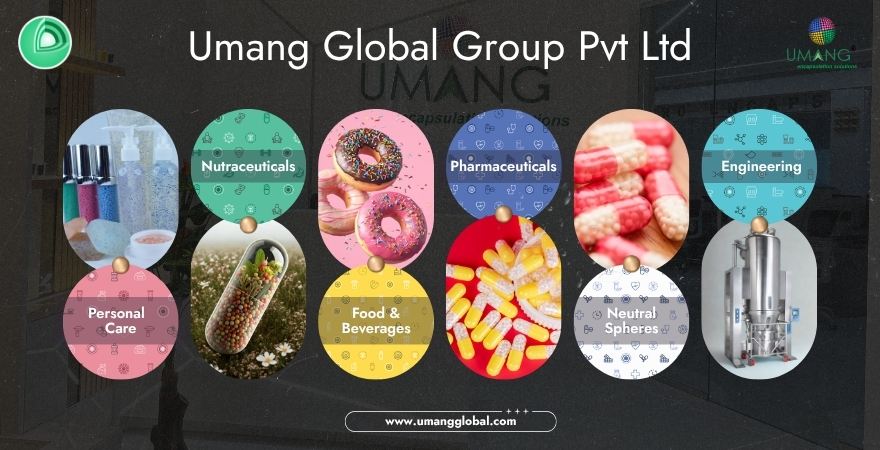
Coating
Coating process
Coating is a procedure in which the desired dosage form is coated with an outer dry film to obtain specific objectives such as masking taste or protecting against environmental conditions. The coating helps maintain the physical and chemical integrity of the active ingredients; it also controls the drug release as it is controlled or continues to be released at a specific target site. The coating prevents acid-sensitive drugs from hurting the intestine. The drug release rate in the gastrointestinal tract (GIT) could be controlled by controlling the dissolution rate of the tablet.
Benefits of Coating:
- To increase the shelf life of the pellet granules, mups as the coating can protect tablets from light, moisture, and oxidation.
- To improve product appearance and identification. Film coatings, which may be coloured, are excellent branding, trademarking, and identification (patient safety) tools.
- To improve the ease of swallowing by making the tablets smoother
- To improve the strength – the coating increases the mechanical resistance of the pellet granules and mups.
- To improve the taste and mask Odors associated with APIs, which are often bitter.











